How to read a surf report as an ocean swimmer
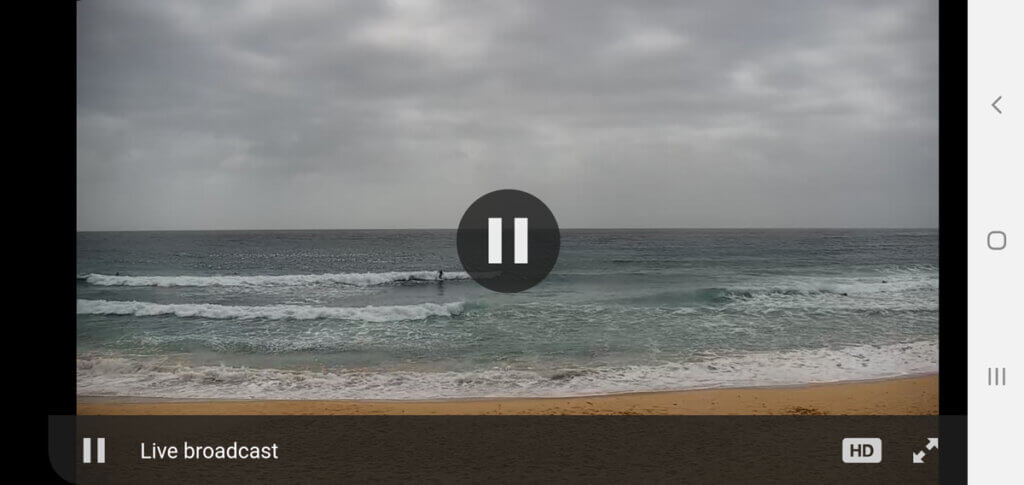
To the untrained eye, the language of surf reports can be outright gibberish.
Take this surf report excerpt from the 2nd December in Sydney for instance (courtesy of Coastalwatch):
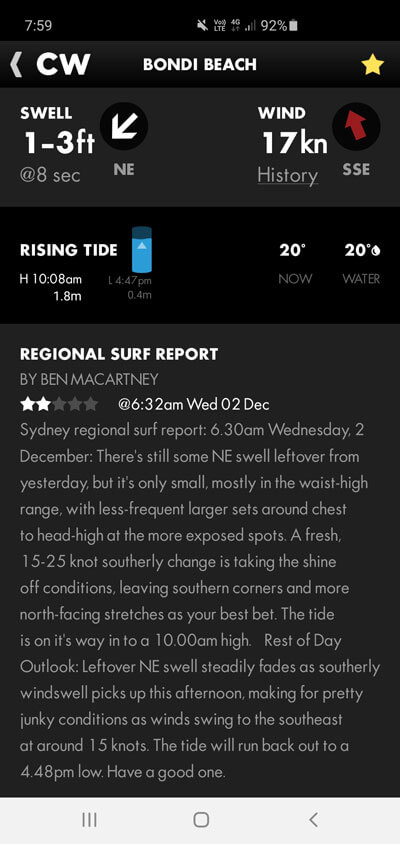 “There’s still some NE swell leftover from yesterday, but it’s only small, mostly in the waist-high range, with less-frequent larger sets around chest to head-high at the more exposed spots. A fresh, 15-25 knot southerly change is taking the shine off conditions, leaving southern corners and more north-facing stretches as your best bet.”
“There’s still some NE swell leftover from yesterday, but it’s only small, mostly in the waist-high range, with less-frequent larger sets around chest to head-high at the more exposed spots. A fresh, 15-25 knot southerly change is taking the shine off conditions, leaving southern corners and more north-facing stretches as your best bet.”
Did you go cross-eyed reading that?
Surf reports tend to be written for surfers, but as ocean swimmers, we can get everything we need from this report to help us determine whether the conditions will be good for ocean swimming, or not.
The key to reading a report like this is understanding how all the elements within it are connected.
If you would like to test yourself, read the report again, and this time see if you can work out what it is that connects everything together.
.
.
.
.
.
.
.
.
.
Did you guess ‘direction’?
Direction is the one thing that connects all the elements of a surf forecast together, and once you start with direction, everything else will fall into place.
There are three things in a surf report related to direction.
The first is the swell direction – “There’s still some NE swell leftover from yesterday”. When we talk about swell direction, we’re talking about where the swell is coming from. So if it’s a northeast swell, the swell will be coming from the northeast.
The second is the wind direction – “5-25 knot southerly change is taking the shine off conditions”. Like swell, when we talk about wind direction we’re talking about where the wind is originating from. So if southerly winds are blowing, the wind will be coming from the south.
Those two are pretty straightforward, and most people can guess these when I ask them at the start of a Learn To Ocean Swim clinic.
Did you pick the third reference to direction?
When the report mentioned “exposed spots”, “southern corners”, and “north-facing stretches”, it was referring to the direction of the beach and local geography, like headlands.
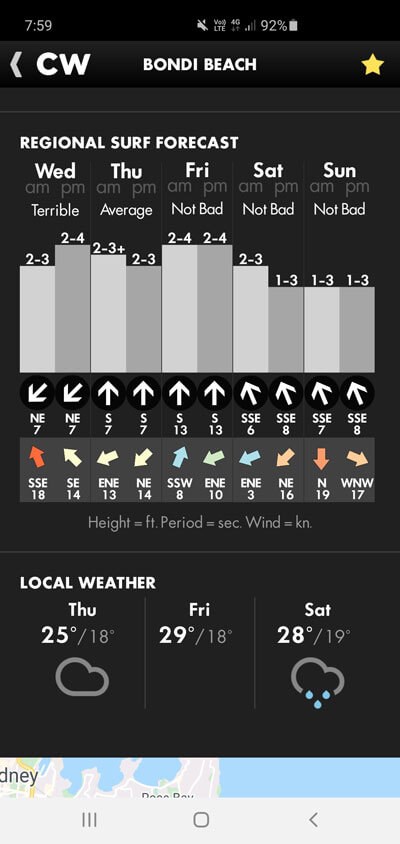 So how do we use the direction of these three things to better understand what the conditions will be like?
So how do we use the direction of these three things to better understand what the conditions will be like?
Firstly, know what direction your beach is facing, don’t just guess, check it on a map (you might be surprised, like most people are, to hear that Bondi faces southeast).
Then, work out whether the beach will be ‘exposed’ to the predominant swell, or ‘sheltered’ to determine what the waves will be like, taking into account the swell height.
If the beach is exposed (i.e. facing the direction the swell is coming from), you can expect the full force of the swell that’s forecast because it’s hitting the beach unimpeded, and you’ll typically find the wave height matching the swell height.
If the beach is sheltered, you would expect the waves to be smaller than the forecast swell, with less energy behind them, because the swell has to curl around the headlands to make it into the beach (Google: ‘wave refraction’).
Finally, figure out how the wind will affect the water surface.
If the wind is blowing off-shore (from the shore, out to sea) you can expect a flatter, smoother, water surface – great for swimming. If the wind is blowing on-shore, this tends to “take the shine off” the water surface, making it lumpy and bumpy and not nice for swimming.
This is only a basic dive into reading a surf report, but it should have you making smarter decisions, and, most importantly, talking the language of an Old Salty Dog in no time.


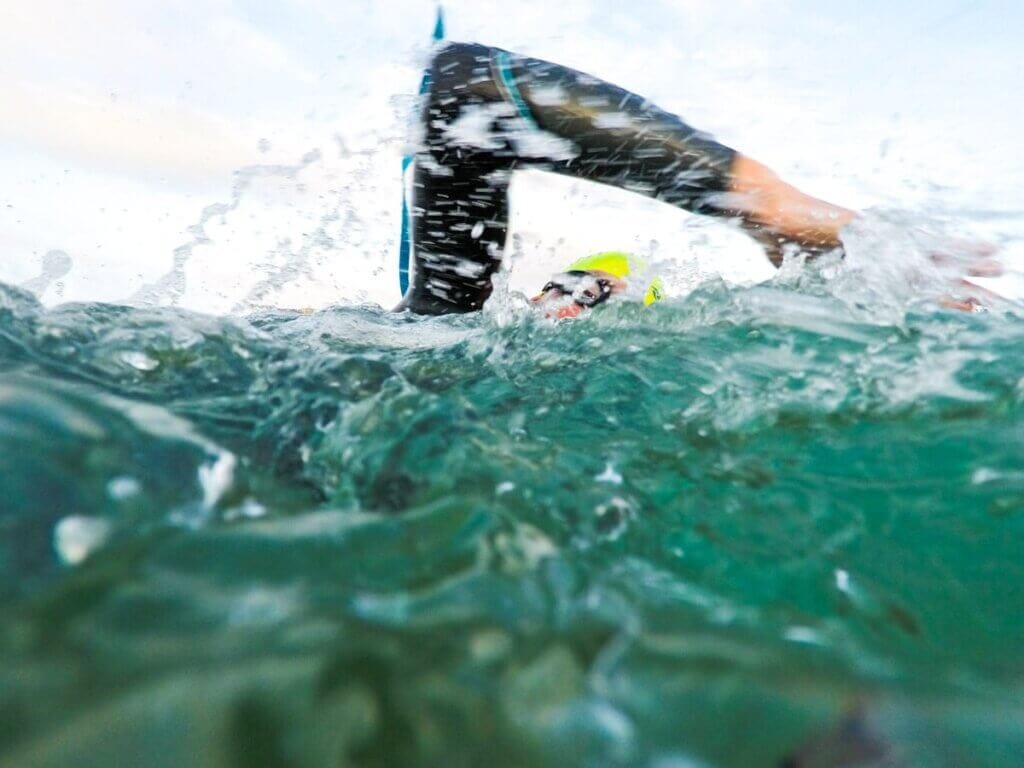
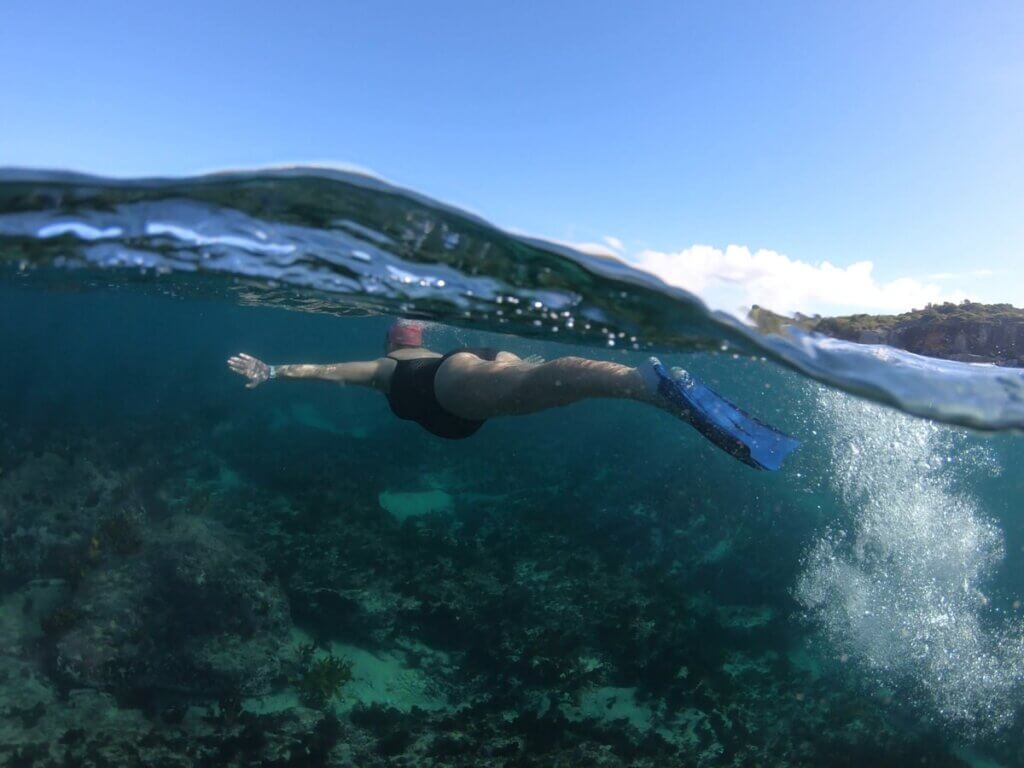
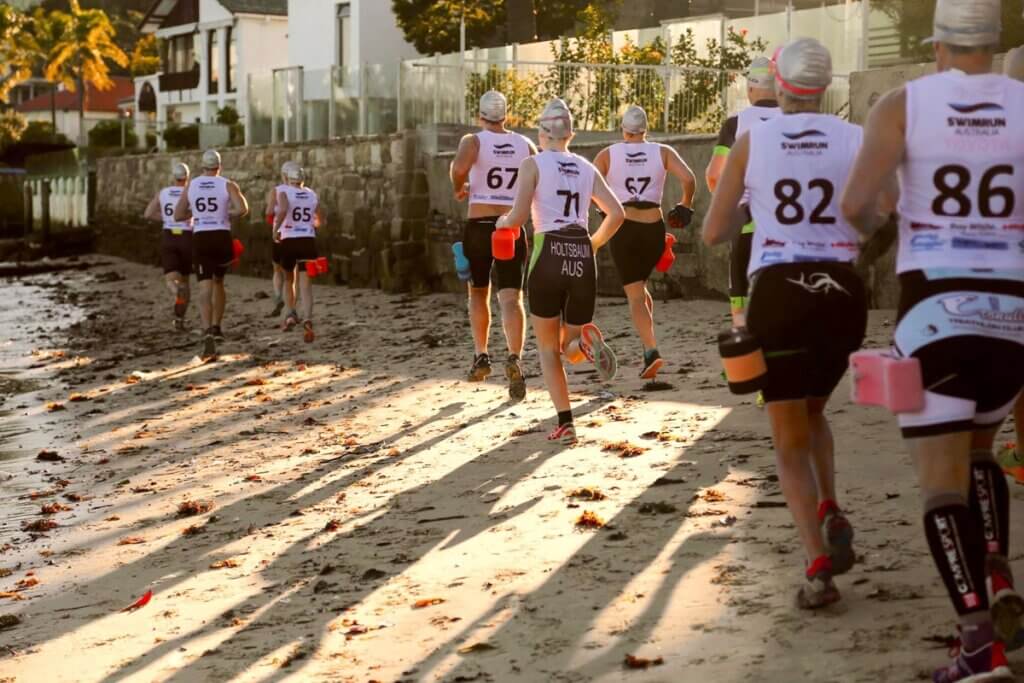
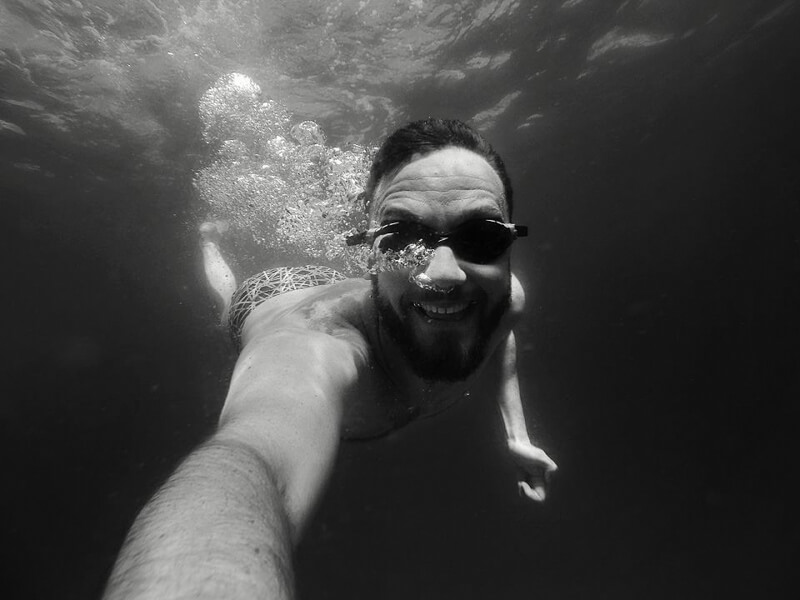

Responses